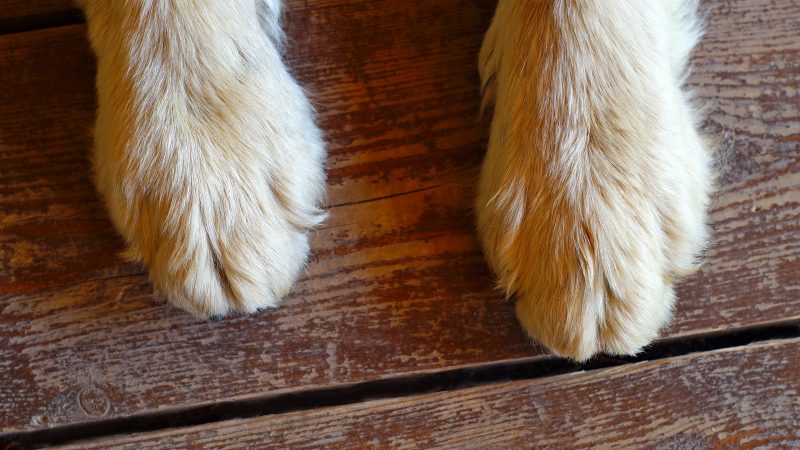As summer is now here pet owners are enjoying the warmer weather. With this warmer weather come a number of common issues for dog owners, one of these are known as “hotspots”. The techinacal name for them is “Pyotraumatic Dermatitis” which means very little unless you are a dermatologist. What is more important is what are they, how are they formed and how do we treat them. The rest of this blog will hopefully answer these questions.
What are hotspots?
Hotspots are patches of skin that have been damaged and become moist, red and sometimes bloody; as the sores mature they become infected and smell badly as bacteria grow against the skin. It is frequent that the hair over the affected area will all fall out and only then does the true extent of the sore become apparent.
What causes hotspots?
Hotspots are the direct result of overzealous biting and chewing of the skin by the dog itself, so there are cases of self-trauma. Dogs don’t just decide to give themselves hotspots something generally triggers the biting and chewing to start in the first place. These can include but are not limited to: insect bites, allergic reactions to food or environmental triggers, chemical irritants at contact the skin, yeast infections and even some immune mediated conditions.
How do we treat them?
There are three basic principles to treating the hotspots and these are listed below:
Allowing the skin to dry; this is normally achieved by a combination of stopping the dog from continuing to lick or chew at the lesion and shaving the hair away from the site.
Preventing further skin damage; again achieved by preventing further self-trauma often cone collars are required to stop further trauma.
Treating the superficial skin infection; generally a combination of topical antibiotic and anti-inflammatory medication is required to sooth and control the skin irritation.
For more severe hotspots topical therapy is bets combined with oral medication to provide the pet with relief, this is commonly seen in situations where the hotspot has been brewing for a few days and is quite extensive or it is combined with another inflammatory skin issue.
If you are curious about your pet’s hotspots or you suspect your dog may need treatment for these hotspots, please do not hesitate to contact our Riverview veterinary clinic.




